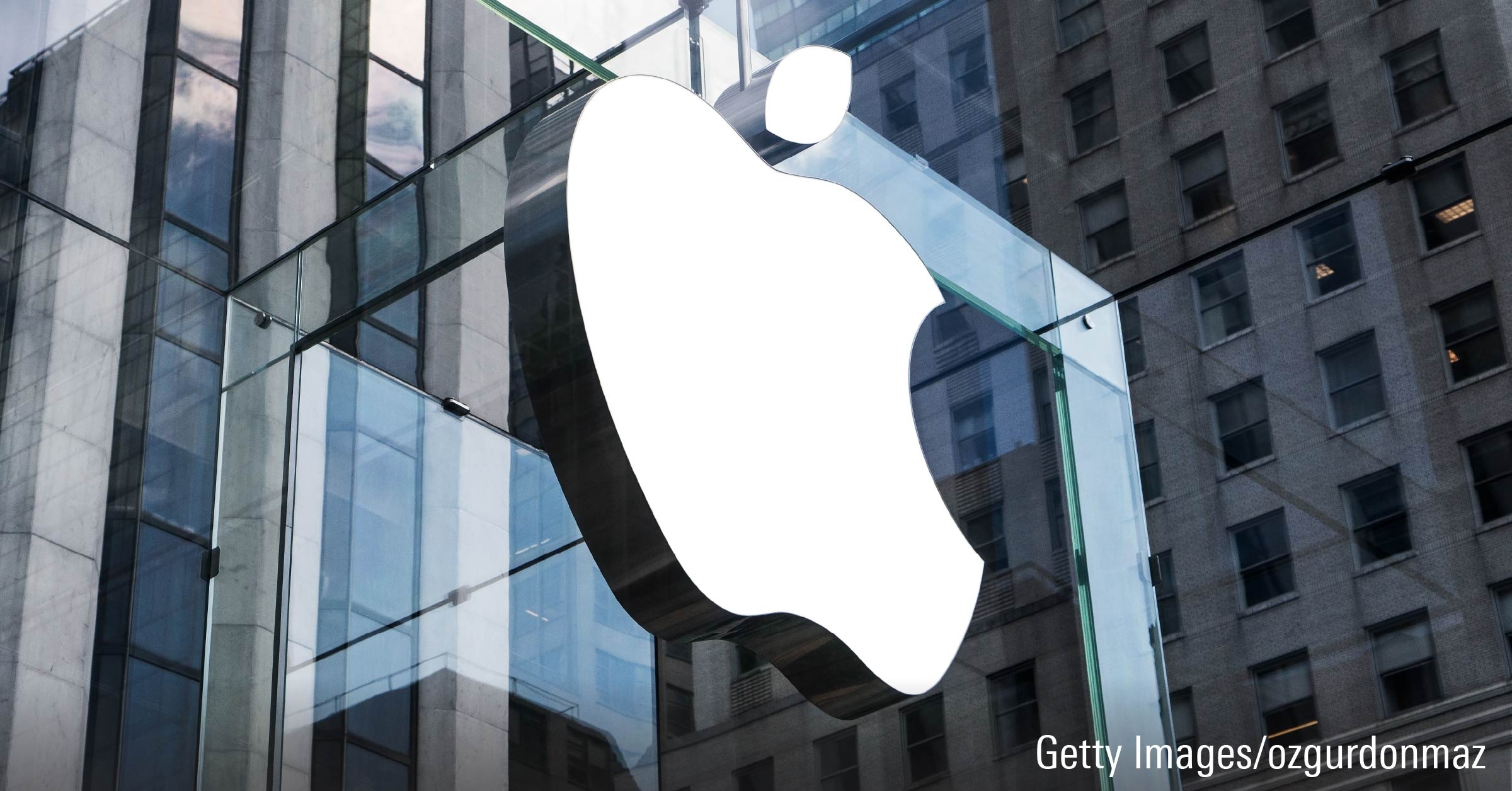We recently published the year-end 2017 installment of the Morningstar Active/Passive Barometer report. The report measures the performance of U.S. active managers against their passive peers within their respective Morningstar Categories, uniquely evaluating active managers’ success relative to the actual, net-of-fee performance of competing passive funds rather than an index.
The key findings from the year-end 2017 report were largely in line with what we’ve seen in prior installments. Specifically, we found that actively managed funds have generally underperformed their passive counterparts, especially over longer time horizons, and experienced higher mortality rates.
Compared with the year-end 2016 report, active funds’ trailing one-year success rates improved materially. U.S. stock-pickers’ success rate increased sharply in 2017, as 43% of active managers categorized in one of the nine segments of the U.S. Morningstar Style Box both survived and outperformed their average passive peer. In 2016, just 26% of active managers achieved this feat.
.png)
Value managers saw some of the most meaningful increases in their short-term success rates. Active stock-pickers in the large-, mid-, and small-cap value categories experienced year-over-year upticks in their trailing one-year success rates of 15.0, 20.2, and 34.2 percentage points, respectively. This is likely attributable in part to the recent sharp reversal in leadership between growth and value stocks. Over the year ended Dec. 31, 2016, the Russell 3000 Value Index outperformed the Russell 3000 Growth Index by more than 10 percentage points. During 2017, the growth index outstripped its value counterpart by about 16.4 percentage points. Thus, active value managers who had been getting punished for their out-of-style (that is, growth) bets in 2016 were rewarded for those same wagers during the past year.
Active funds in the intermediate-term bond category were the only ones among the dozen categories featured here to experience a decline in success rate in 2017. Still, 61.4% of active funds in the category survived and outperformed their average passive peers in 2017. Active managers in the category have been rewarded handsomely for assuming credit risk, as both investment-grade and below-investment-grade credits have enjoyed a sustained rally. This is evident in their success rates over the trailing one-, three-, five-, and 10-year periods through the end of 2017.
Though 2017 marked a clear near-term improvement in active managers’ success rates, in general, actively managed funds have failed to survive and beat their benchmarks, especially over longer time horizons. Stylistic headwinds and tailwinds tend to explain short-term fluctuations in active-fund success. Over the long term, our research shows that investors can greatly improve their odds of success by favoring low-cost funds, which succeeded far more often than high-cost funds.






.png)










